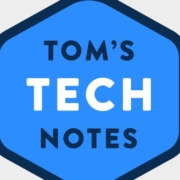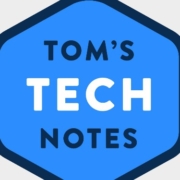GitLab Pages is a way to create websites for projects and groups in order to publish documentation, wikis, or any static content. Sometimes, for resource limitation, decreasing the load on the main GitLab instance (if self-hosted), to increase security, or for separating docs and wikis from code, we need to host our GitLab Pages in a separate server. To achieve this, we should have two GitLab instance on two distinct machines: one of them is our main GitLab (a normal GitLab installation) and the other one is an instance only for publishing GitLab Pages.
This is a tutorial and provides some technical information and configurations, We assume you are familiar with GitLab installation and GitLab Pages, and already have one GitLab self-managed instance (on-premises or in the cloud) in use.







 Have you been on after-hours production support on a Friday night following a massive software feature release? Sweaty palms and nervous jitters with crossed fingers are all the sensations you feel when multiple features are being released, while missing being on a beach or being at a party with friends and family.
Have you been on after-hours production support on a Friday night following a massive software feature release? Sweaty palms and nervous jitters with crossed fingers are all the sensations you feel when multiple features are being released, while missing being on a beach or being at a party with friends and family.


